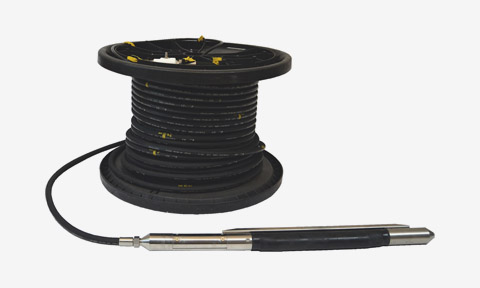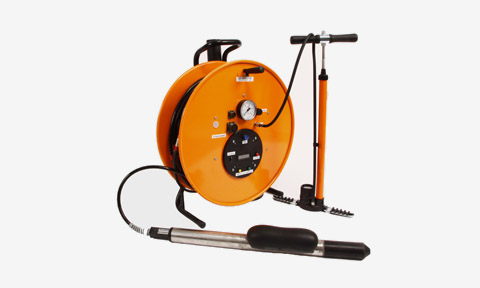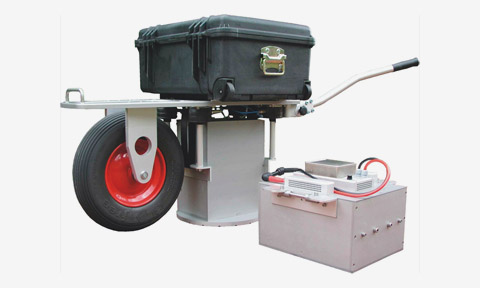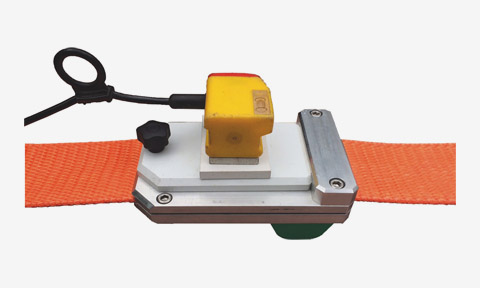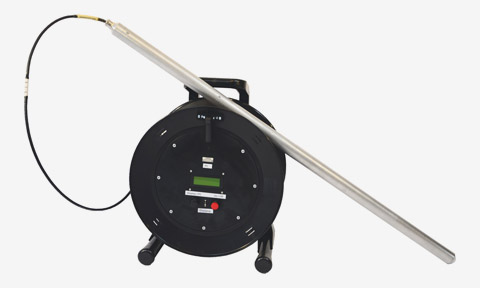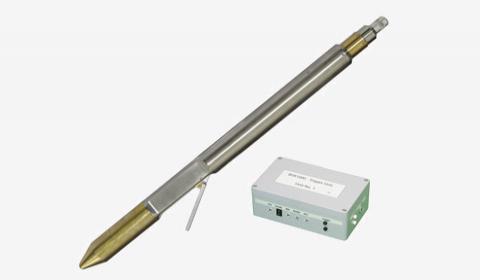
Downhole
Provides standard 1D resolution depth profile of P- and S-wave velocities to determine soil dynamic parameters
The downhole test provides shear wave velocities (VS) and compressional wave velocities (VP) for geological layers along a single borehole. Soil dynamic parameters, such as shear modulus, Poisson ratio and Young’s modulus can be determined to evaluate the soil’s response to dynamic loading. The downhole test has a lower vertical resolution than the crosshole test.
Equipment »

Surface Seismic
Provides 1D profiles or spatial images about material parameters and lithological characteristics
Near-surface seismic surveying enable the mapping of seismic velocities, related material properties and geological structures. Refraction, reflection and MASW (multichannel analysis of surface waves) are capable methods for near-surface engineering and exploration applications.
Equipment »


